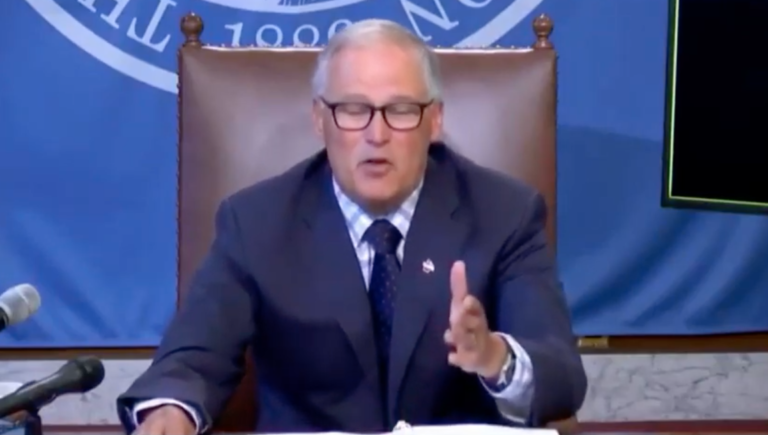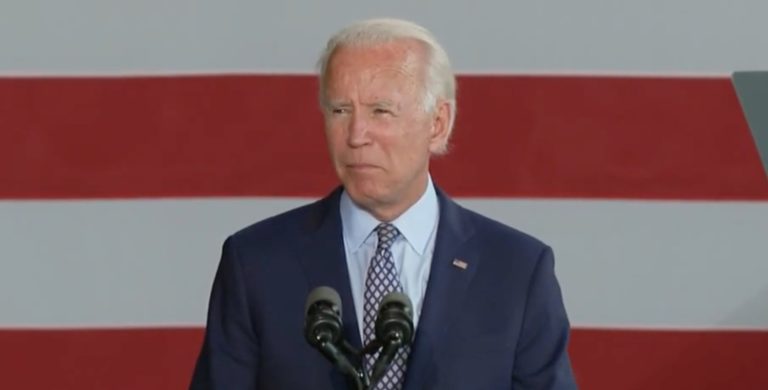The Alaska Legislature’s Conference Committee unveiled the Permanent Fund dividend for this year: It will be either $525, or $1,100, depending on whether the House and Senate can get enough votes to access the Constitutional Budget Reserve and enact the reverse sweep of unused funds from various accounts.
That takes several tricky votes and the dividend is the leverage to get legislators to pass a budget with a fraction of a dividend that will no doubt cause an uproar with at least some members of the public.
In other words, it is the Bargaining Chip PFD that came out of Conference Committee on Sunday.
The Legislature, meeting in a locked building for the entire session, is on Day 145 of session, and it all hinges on the Permanent Fund dividend, which is essentially bringing all its other budget-making to a halt. This is occurring during a time when the overall budget is one of the largest in recent memory, and when the Pension Funds obligations are nearly paid off and the price of oil is over $73 a barrel.
Today, with no members of the public present, the conference committee settled on a dividend that would require pro-dividend legislators to vote for the fifth year in favor of a dividend that is calculated in violation of Alaska Statute.
The statutory dividend would be over $3,000; the governor is requesting a dividend of $2,350, which is 50 percent of the available funds from the Earnings Reserve Account, the same amount that would be released under his proposed constitutional amendment, which has not passed House or Senate.
The budget doesn’t balance without using funds from the Constitutional Budget Reserve, but that takes a three-quarters vote of the Legislature. That’s where the extra $600 PFD payment would come in. To get into the Constitutional Budget Reserve, the two chambers need a three-quarter vote.
Legislators are being put in a bind: To pass the budget and the dividend, the House needs 21 of the 40 representatives to vote yes, and the Senate needs 11 of its members to do so. But to approve an “effective date,” which would prevent a government shutdown on July 1, the House would need 27 votes and the Senate would need 14.
Rep. Bart LeBon of Fairbanks, who sits on the conference committee, voted in favor of the $525-$1,100 dividend. So did Rep. Kelly Merrick of Eagle River. In fact, all but Sen. Donny Olson of Golovin and Neal Foster of Nome voted in favor of the committee report.
LeBon said it seems like a fair compromise. But whether his fellow Republicans in the House agree seems unlikely, given most of the 20 are in favor of a full dividend, and there are some Democrats who also may balk at such a tactic being used on them to rob their low-income constituents.
The House and Senate members have been split on the question of the dividend for the entire session. In the House, due to the PFD deadlock, the budget ended up with a zero dividend, while the Senate put in the 50-50 amount which is about $2,300, which passed by a vote of 12-8, and an amendment to spend $1.5 billion from the Permanent Fund Earnings Reserve Account to pay for it the PFD passed, 11-9.
The conference committee report will be printed, sent to both chambers, and then the members must be given 24 hours to look it over before a vote is taken, so the earliest it could be voted on is Monday night. If the report fails, the composition of the conference committee is blown up, and a new conference committee will be appointed with free powers to negotiate.
But meanwhile, pink slips go out to all State workers on Thursday afternoon, and the Legislature’s special session ends on Friday.
How legislators vote on the PFD will set up the framework for the 2022 election cycle, when all members of the House are up for reelection, and half of the Senate will be as well. Senate seats A, C, E, G, I, K, M, O, Q, and S are all on the ballot, as is the governor.







